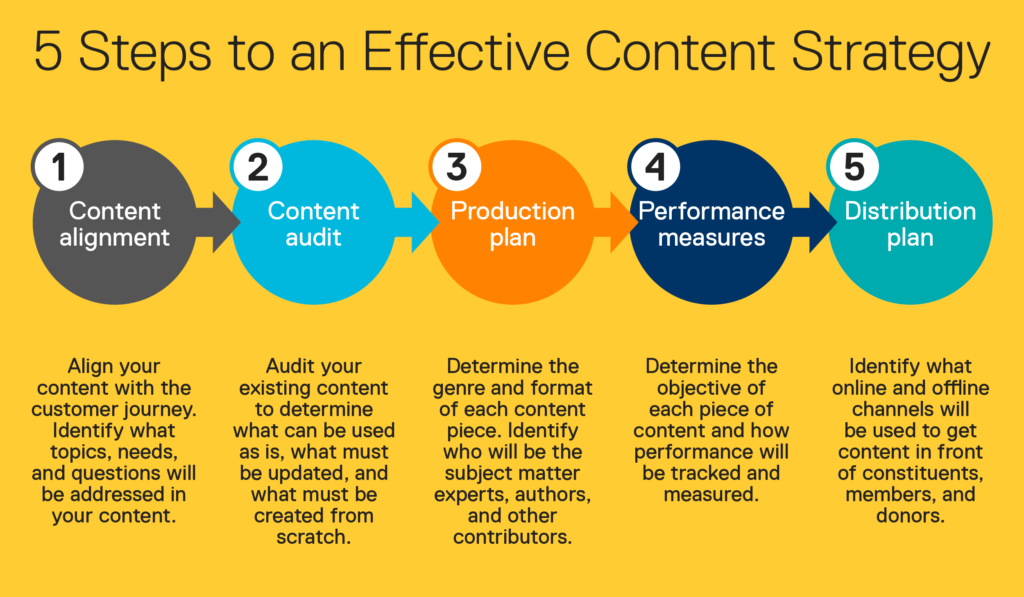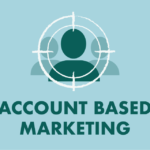Intent Data are all not the same; just as with the keywords, there are different ways to obtain data. There are two different types of data: Internal Intent Data and External Intent Data.
Internal Intent Data: The activities captured on your own website within your marketing automation system or via applications list. As you own this data, it is also known as First-Party Behavioral Data or First-Party Intent Data.
External Intent Data: The data accumulated by the networks of B2B marketers, either at the IP level or via shared cookies and registered users. As all of this is taking place off your website, it is also known as Third-Party Behavioral Data or Third-Party Intent Data.
There is also a difference between Topic Data and Context Data. Context Data is about which individual or which company has been prominently active in the network. What position, the role the individual holds, and what expertise this company brings to the table. On the contrary, Topic Data provides you with the information on what topics are being searched. Let’s dive in deep.
First-Party Intent Data
First-Party Data is furthermore divided into anonymous data and known data.
For example, An individual visits your website, subscribes to your newsletters, or downloads a whitepaper; this is called Known First-Party Data. Another individual visits your website and the IP address of the company where this individual work is captured. However, if they don’t download anything, subscribe, or register, no other data would be disclosed, a.k.a. Anonymous First-Party Data.
Both these data are First-Party Data as both are collected from your own website, and this data belongs to you. Along with this data, various tools are used to track your website visitors and offer them personalized content.
Third-Party Intent Data
On the contrary to First-Party Intent Data that you collect from your own website, Third-Party Intent Data collects information about visitors, the number of website visits, downloads from other websites, and competitor’s websites.
Third-Party Data is also divided into Known Data And Anonymous Data; Known Data is when an individual downloads something or fills in their details, and Anonymous Data is when an individual is merely browsing or looking for a product or service without filling in any details.
Several companies sell this Third-Party Data, and in exchange, these companies tie up with huge corporations such as Forbes, which passes on this data to other B2B marketing organizations.
While purchasing Third-Party Data, it’s extremely necessary that you pay extra attention to details such as quality, timeliness, the origin of the data, and its traceability. It’s important to ensure Third-Party Intent Data providers act according to GDPR compliance.
What is Buyer Intent Data and Customer Intent Data?
You can also distinguish between Buyer Intent Data and Customer Intent Data. Depending on which sector you work with, you can decide which information is more useful to you, search intent of your current clients or potential clients.
With Customer Intent Data, you know what customer requirements are and what are the pain points. This is excellent for up-selling and cross-selling potential that you can explore. Customer Intent Data helps you filter your buyer personas and gain clear insights about your customers.
If you own a product that serves the purpose of diverse industries and departments, Buyer Intent Data will help you determine the buyer personas accurately. This ensures the clients have a great buying experience and are fully content. Likewise, it will boost the clients’ loyalty and open doors to success stories and positive feedback that can further be used as social proof. All these valuable insights can be used to obtain new customers.
On the other hand, with potential prospects, there’s a huge opportunity for sales and marketing. Buyer Intent Data offers you valuable insights that can be specifically used while addressing these prospects. For instance, a prospect is looking up at sales and GDPR and has downloaded a checklist from your blog. You can proactively approach them and pitch your products that serve their requirements. This way, you’ll be able to pick customers and solve their issues, thus strengthening the bond and gaining more business.





